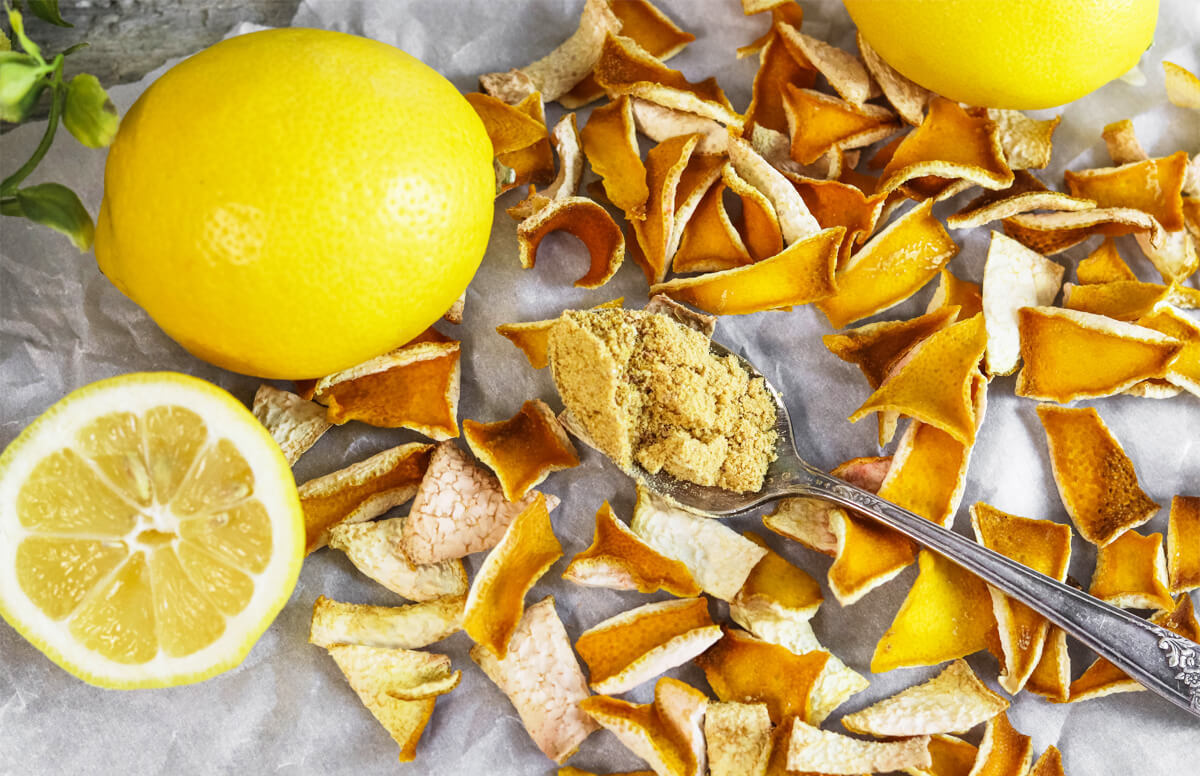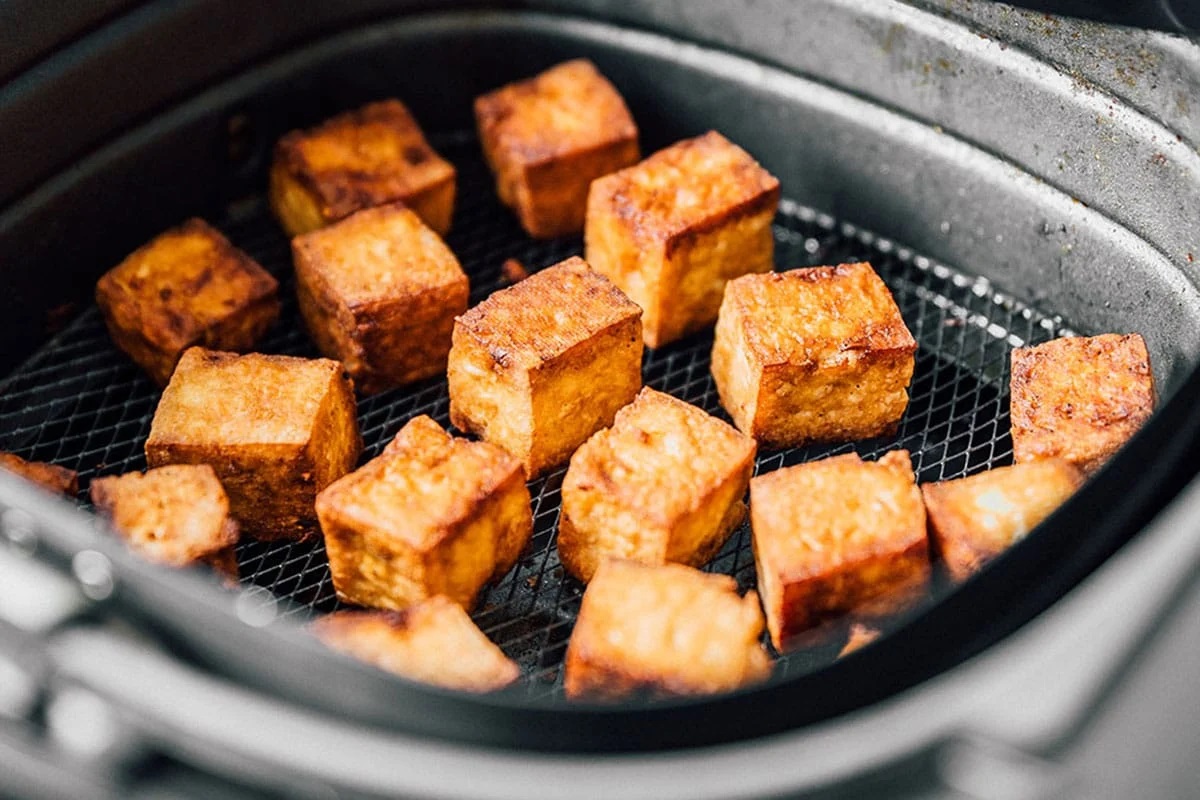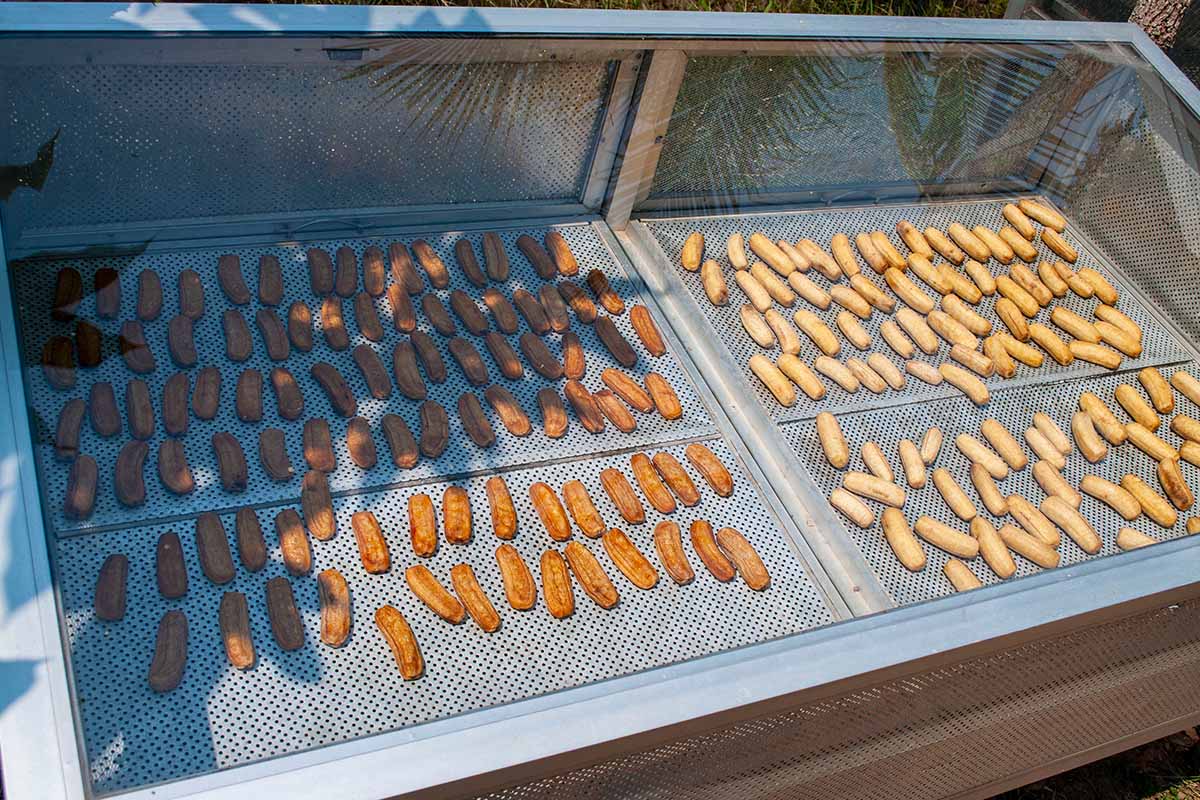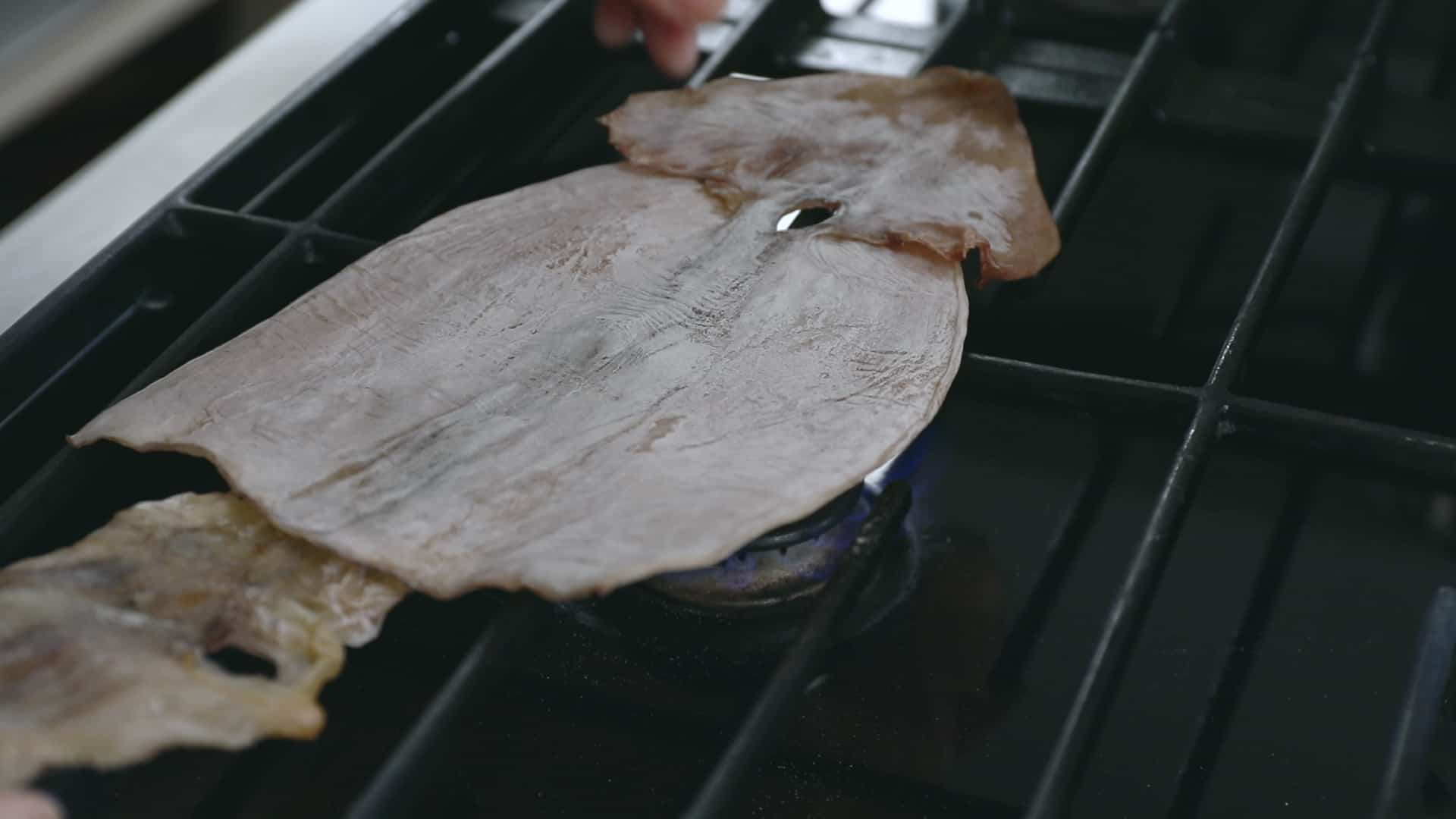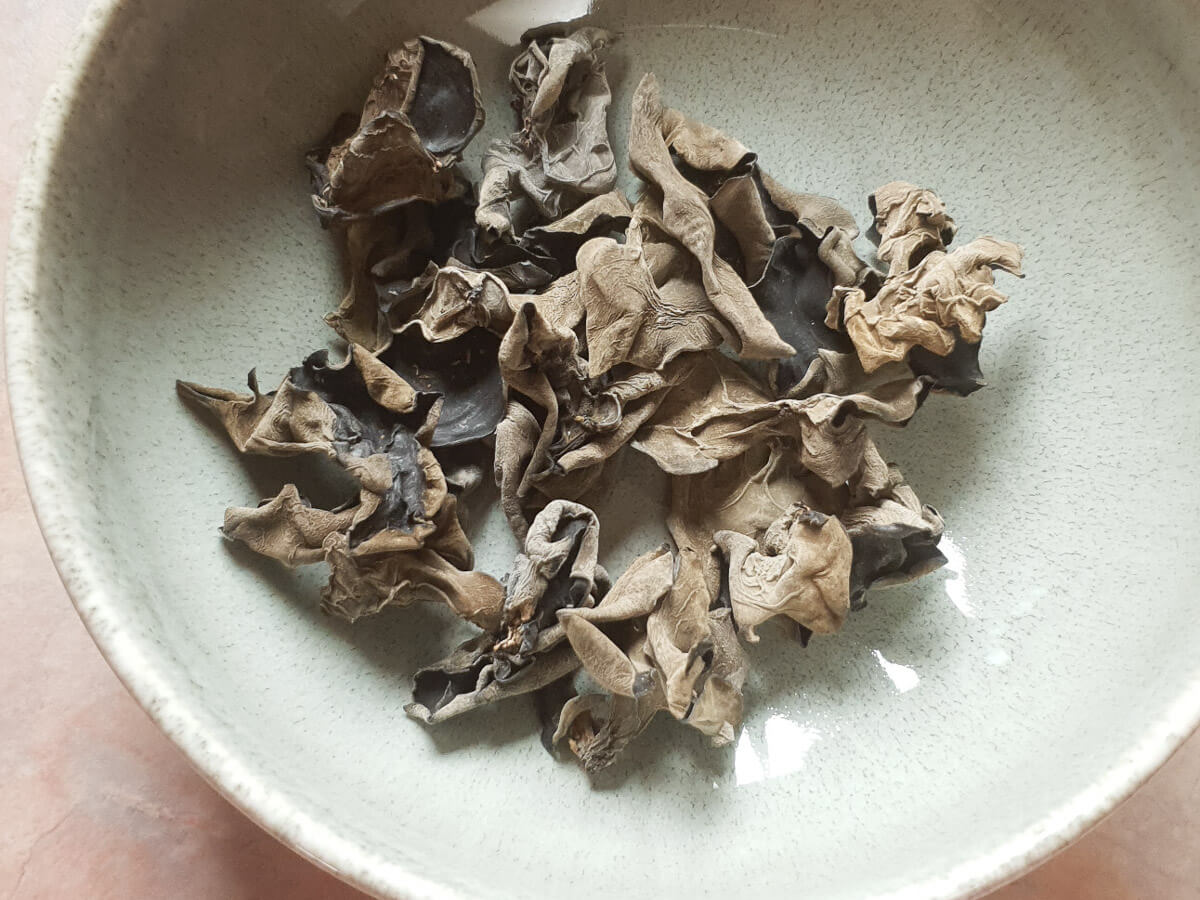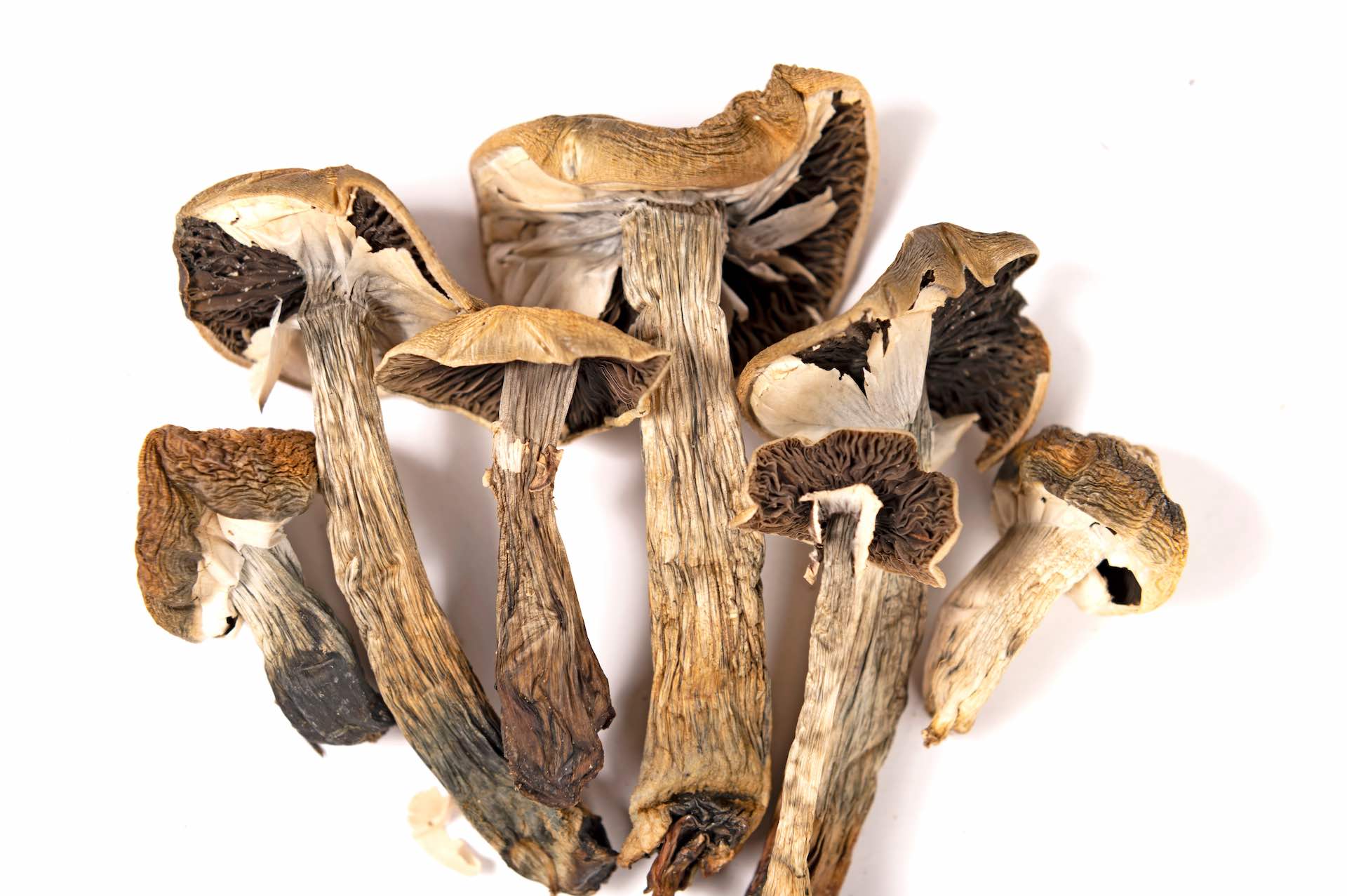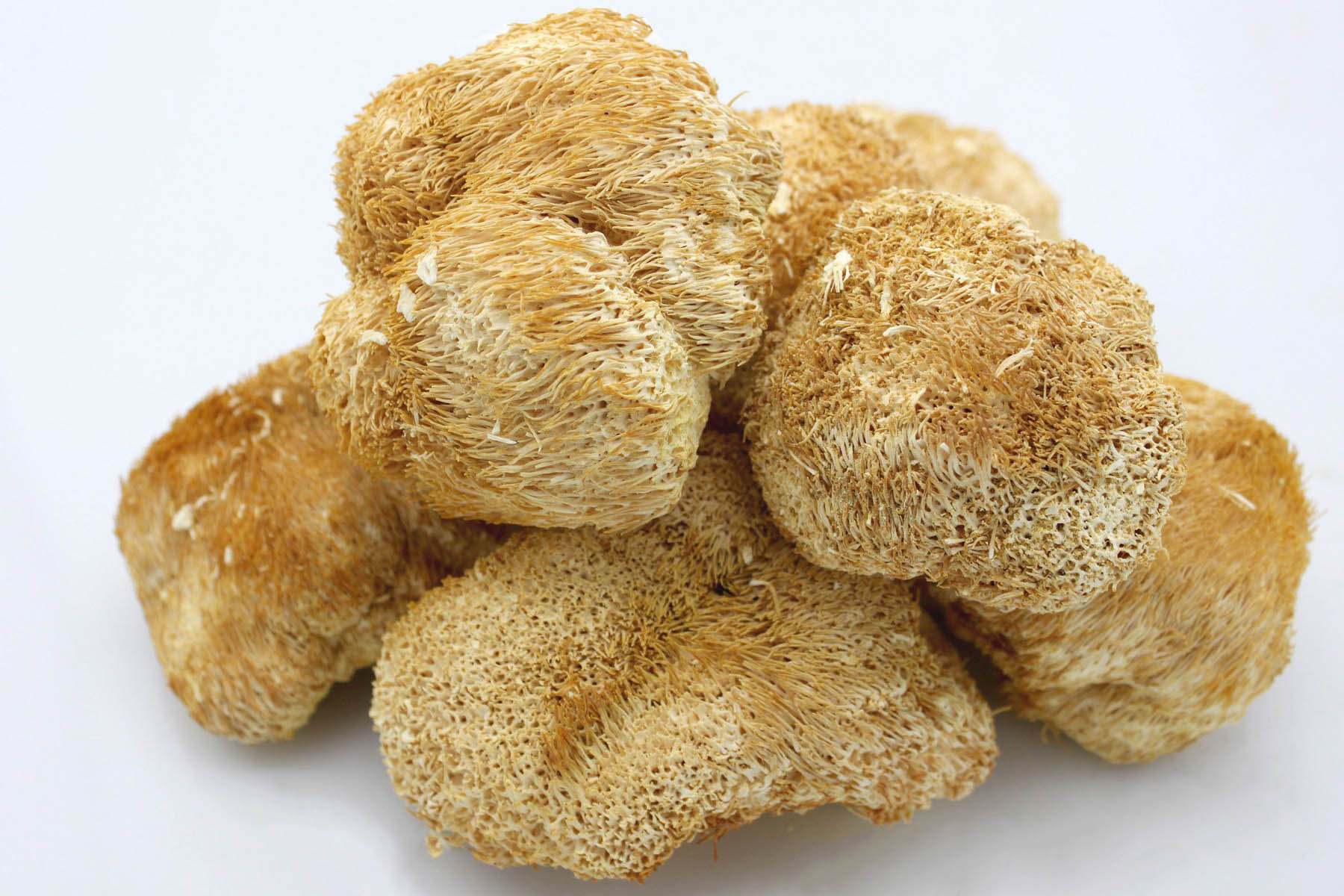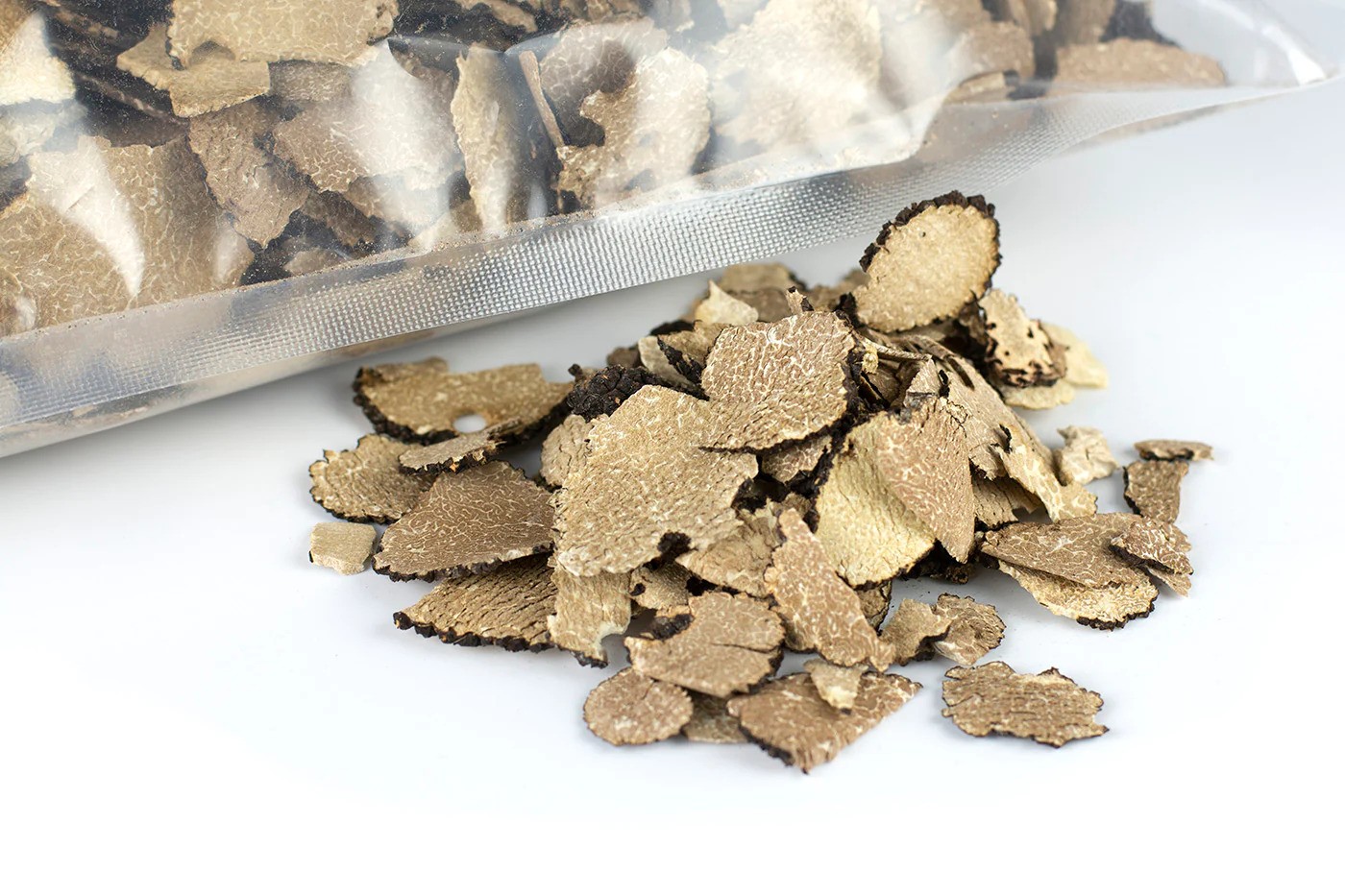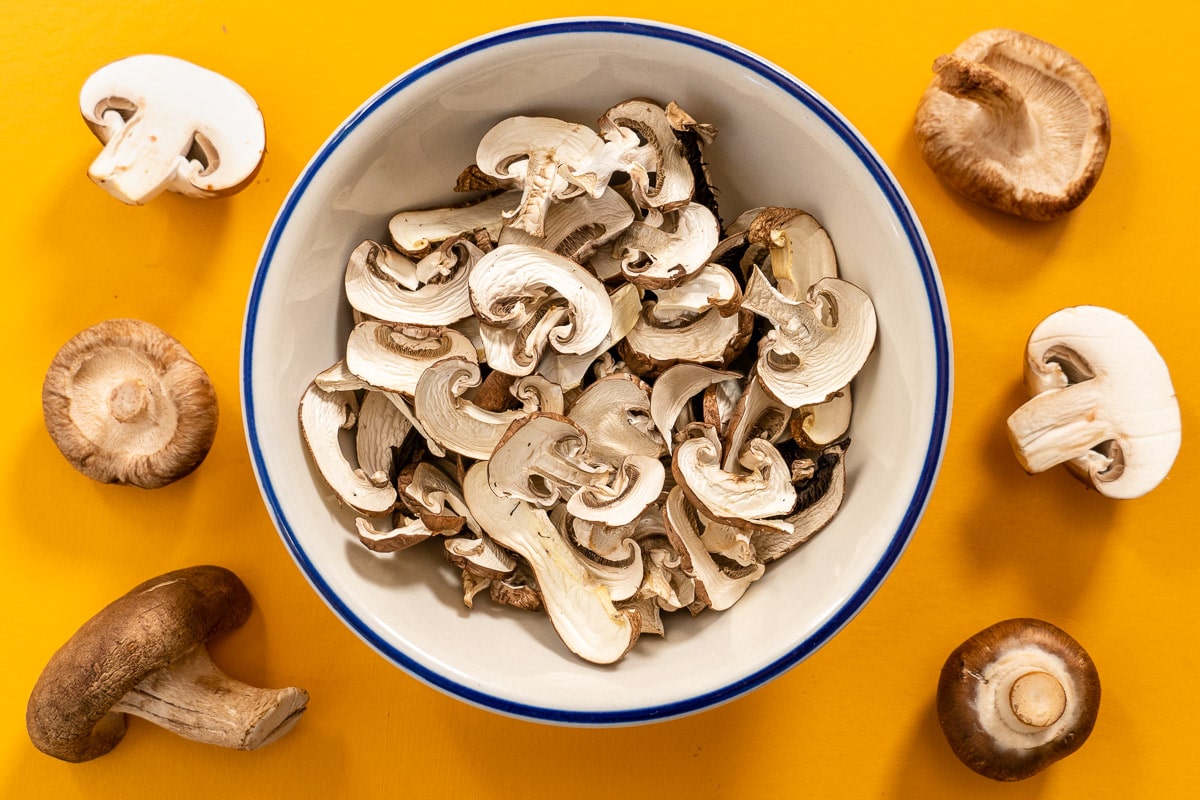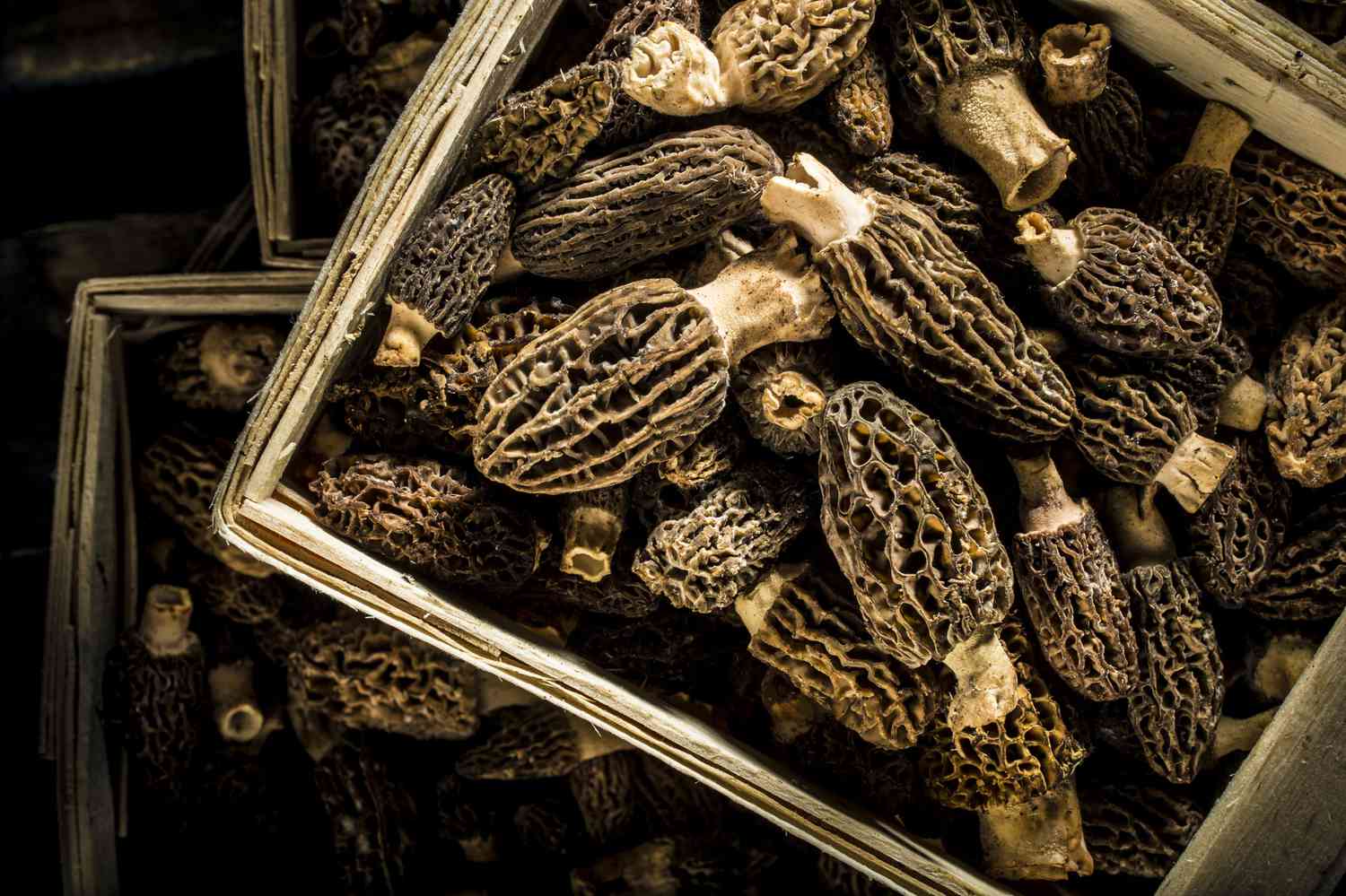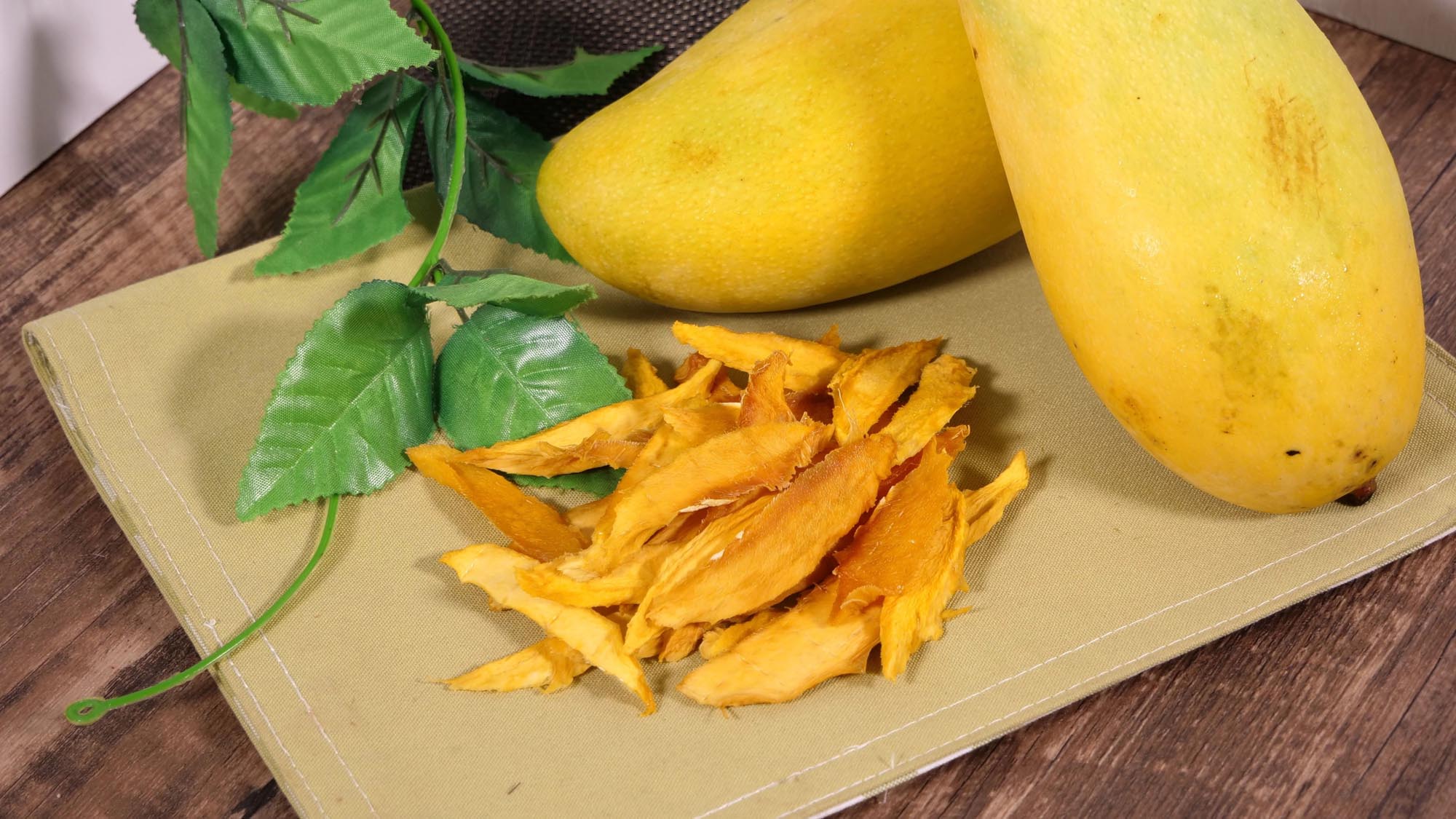Preserving Your Harvest: How to Dehydrate Seeds for Storing
Congratulations on a successful harvest! Now that you have an abundance of seeds, it’s important to store them properly to maintain their quality and viability. One effective way to preserve seeds for the long term is by dehydrating them. Dehydrating seeds removes moisture, which is crucial for preventing mold growth and extending their shelf life. In this guide, we’ll explore the step-by-step process of dehydrating seeds for storing, so you can enjoy a bountiful harvest for years to come.
Step 1: Selecting the Right Seeds
Not all seeds are suitable for dehydration. Choose seeds that are fully mature and have been properly cleaned and dried. Avoid seeds that are still moist or immature, as they may not dehydrate effectively and could spoil during storage.
Step 2: Preparing the Seeds
Before dehydrating the seeds, it’s important to prepare them properly. Spread the seeds out in a single layer on a clean, dry surface. This will allow for even dehydration and prevent the seeds from clumping together.
Step 3: Dehydrating the Seeds
There are several methods for dehydrating seeds, including using a dehydrator, oven, or simply air-drying them. Here’s a simple method for dehydrating seeds using a dehydrator:
- Place the prepared seeds on the dehydrator trays, ensuring that they are spread out evenly.
- Set the dehydrator to a low temperature, typically around 100-110°F (38-43°C).
- Allow the seeds to dehydrate for the recommended time, which can vary depending on the type of seed.
- Check the seeds periodically for dryness. They should be thoroughly dry and brittle when done.
If you don’t have a dehydrator, you can also use an oven set to its lowest temperature or air-dry the seeds in a well-ventilated area.
Step 4: Testing for Dryness
To ensure that the seeds are adequately dehydrated, perform a simple test. Try to break a few seeds in half. If they snap cleanly without bending, they are sufficiently dry. If they bend or show any signs of moisture, they need more time to dehydrate.
Step 5: Storing the Dehydrated Seeds
Once the seeds are completely dehydrated, it’s time to store them properly. Place the seeds in airtight containers, such as glass jars or resealable plastic bags. Be sure to label the containers with the seed variety and the date of dehydration.
Store the containers in a cool, dark, and dry location to protect the seeds from moisture and light. Properly stored, dehydrated seeds can remain viable for several years, ensuring that you’ll have plenty of seeds for future plantings.
Final Thoughts
Dehydrating seeds for storing is a simple and effective way to preserve your harvest and ensure a future supply of seeds for your garden. By following these steps, you can confidently store your seeds knowing that they will remain viable and ready for planting when the time comes. With proper care and storage, your dehydrated seeds will be a valuable resource for many seasons to come.
Happy gardening!
For those looking to use their newly dehydrated seeds, there are several recipes worth exploring. Try making Sunflower Seed Granola Bars for a nutritious snack that highlights the crunch of dried sunflower seeds. Flaxseed Crackers are another great option, perfect for pairing with your favorite dips or cheeses. If you're in the mood for baking, Flaxseed Bread offers a hearty, fiber-rich loaf that utilizes dried flaxseeds. For a savory twist, the Sesame Seed Crusted Fish is a must-try, adding a delicious, nutty flavor to your meal. These recipes not only showcase the versatility of dehydrated seeds but also provide delicious ways to incorporate them into your everyday diet.
Was this page helpful?
Read Next: How To Dehydrate Vanilla Pod
